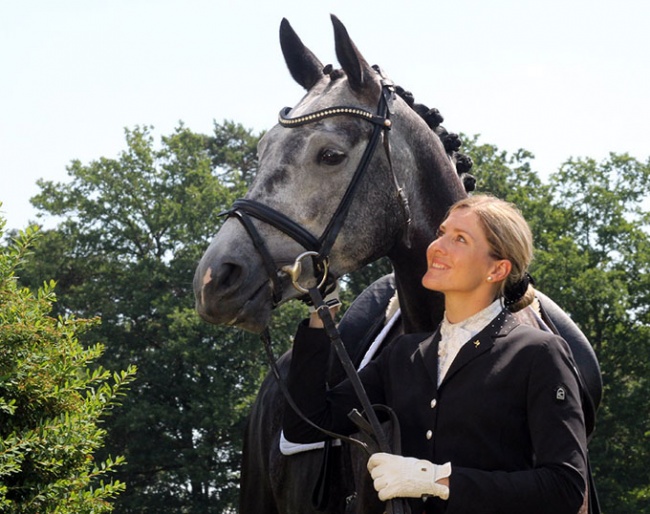
Normally, it is nothing usual to give horses numbers. However, in the case of the Hanoverian Auctions in Verden it is very useful and has nothing to do with devaluing the horse. Moreover it serves to create a good overview. The numbers in front of the name of an auction horse are carried throughout the auction period and even above that. The numbers are also displayed online. There the horses are listed by number, just as in the catalog, and in the stables the numbers are in front of every box. During training and trying of the horses, each horse has a number on the bridle. This way every spectator is able to immediately access all the information of the horse without having to ask someone about the name of the horse. Through these numbers information on the website, the catalog, and directly in the arena can be easily connected.
During the 13 day auction period all horses are ridden daily and trained until they are auctioned off on the last day of the period – Saturday. For the auction period all horses stay at their temporary home in Verden.
Before the auction rider and groom can welcome one of their auction horses, they have to go through another vet check upon arrival. At the beginning of each auction period auction manager, trainers, and vet Dr. Frank Reimann thoroughly examine every horse before the horses are allowed to move into their stalls and start the training.
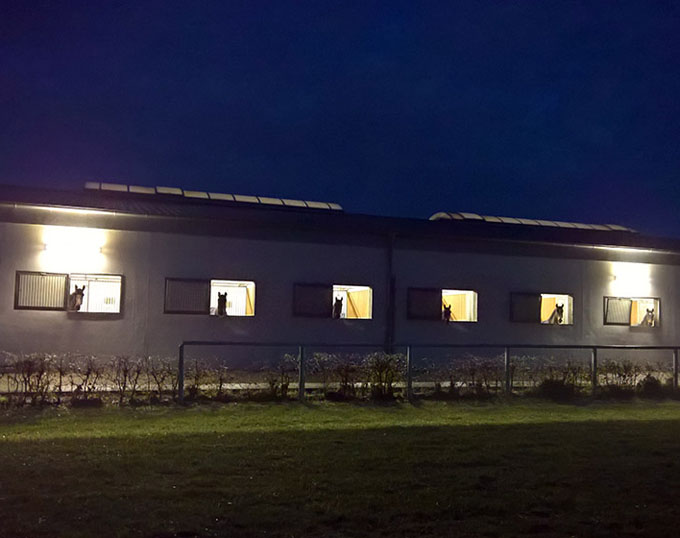
After breakfast the daily vet check follows. The grooms take the temperature and vet Dr. Frank Reimann and auction manager Jörg-Wilhelm Wegener look at the horses. The well-being of the horses has utmost priority, and thus all information from riders, grooms, customer advisors, and trainers come together at this point and get evaluated before the training starts. The first days of the auction period serve to get the horses acclimatized to the new environment and the new rider. The focus is to make the horses comfortable with everything and give them a good feeling with all that is going on around them. Even though the first official presentation does not take place about a week into the auction, the training is public from day one.
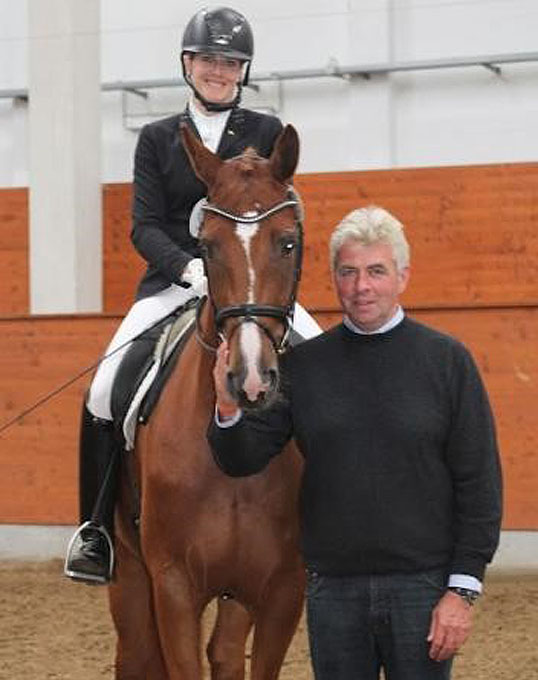
Trainer Hans-Heinrich Meyer zu Strohen.
Photo: Kanz.
Before a customer tries one of the horses, he has already seen the video online and contacted one of the customer advisors to get an appointment to test ride the horse. Upon arrival he meets the auction groom with the horse in the stable. The customer is invited to, according to preference, stay with the horse and get an impression of its behavior while tacking up and during the warm-up, or to go and have a look at the other horses of the collection, to have something to compare against the candidate of choice. Together with the customer advisor, the customer watches the horses during the training and the customer advisor can answer last questions, before getting on the horse. During the test ride, rider and costumer advisor provide help where needed and keep a close eye on their horses. Especially for the customer advisor it is important to see every horse not only under the auction rider, but also during the test rides to get a good feeling for the needs of the clients as well as for the behavior of each horse, which both allows to help pair the right horse to the right rider.
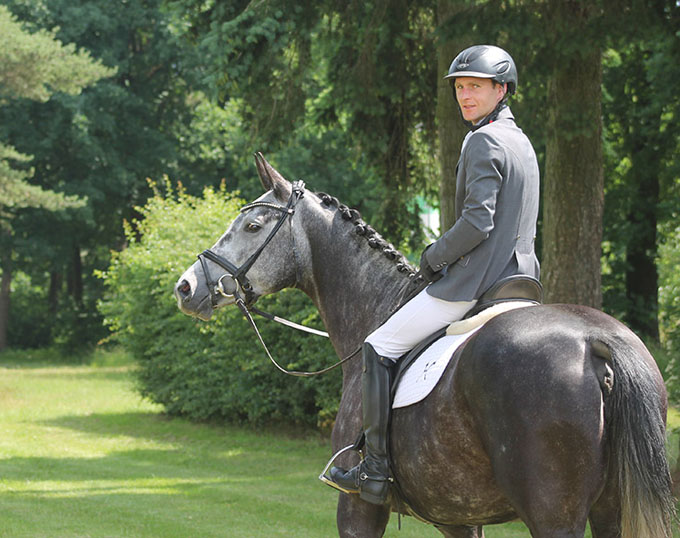
In the afternoon, the horses can enjoy their free time outside. “The young horses have to work a lot during the auction period. It is nice for them to go outside just to do as they like afterwards. That keeps them happy”, say the auction trainers.
Verden Auction on March, 24th - Sport Horses and Foals
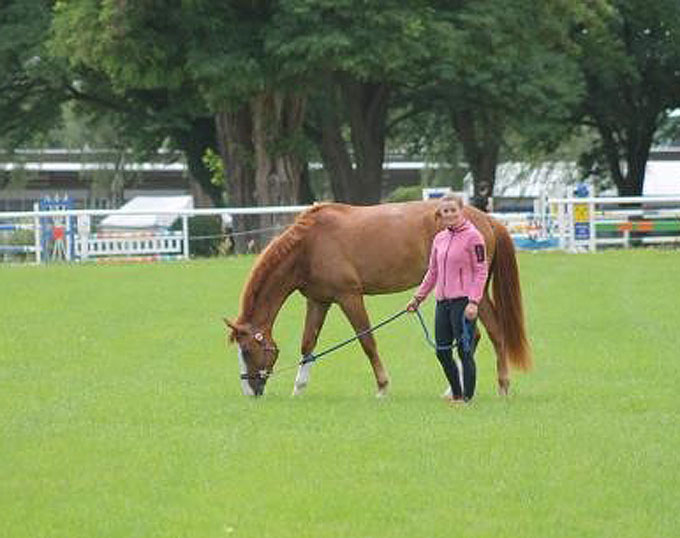
Some of the auction horses show their potential for both disciplines during the auction selection and auction training and will match both demands. For these horses training towards a future eventing horse is also possible.
The selection of the auction horses has been designed so as to ensure that not only professional riders, but also amateur and leisure riders will find their perfect horse for sports and leisure time activities.
Further information, visit www.hannoveraner.com